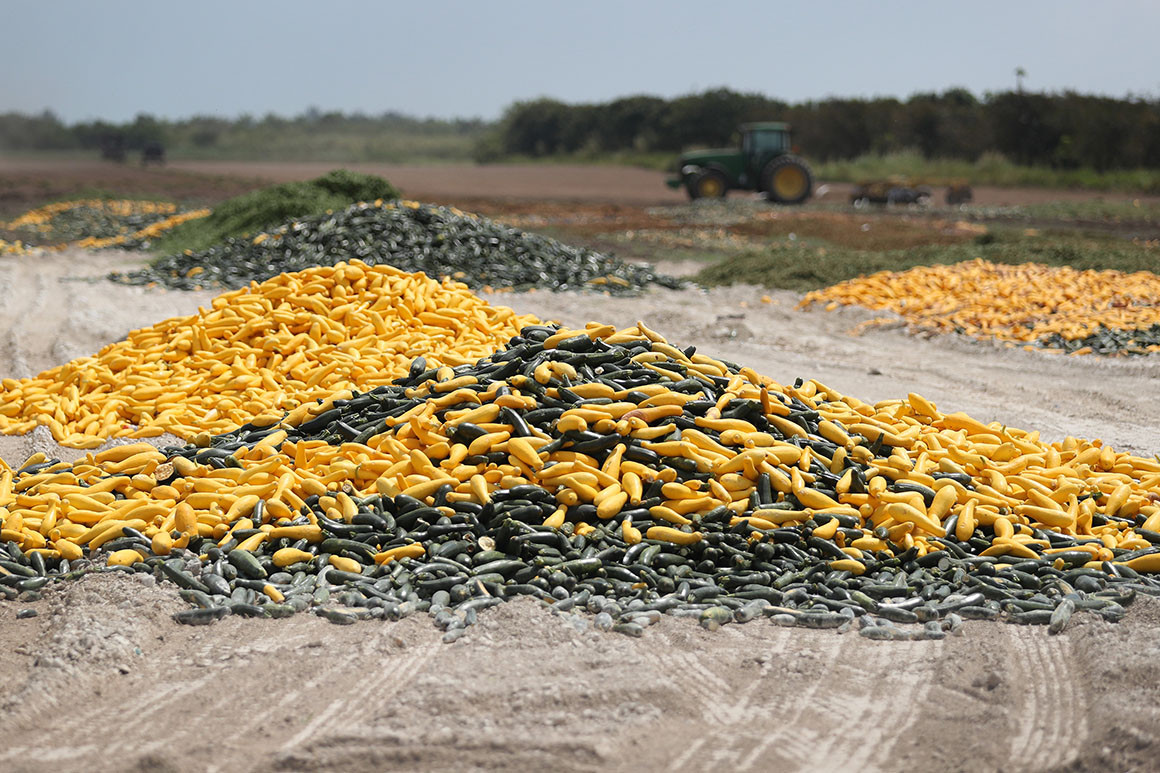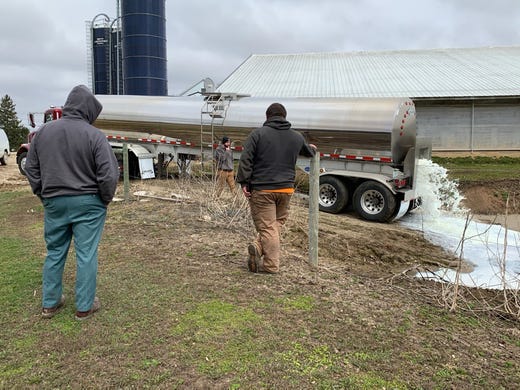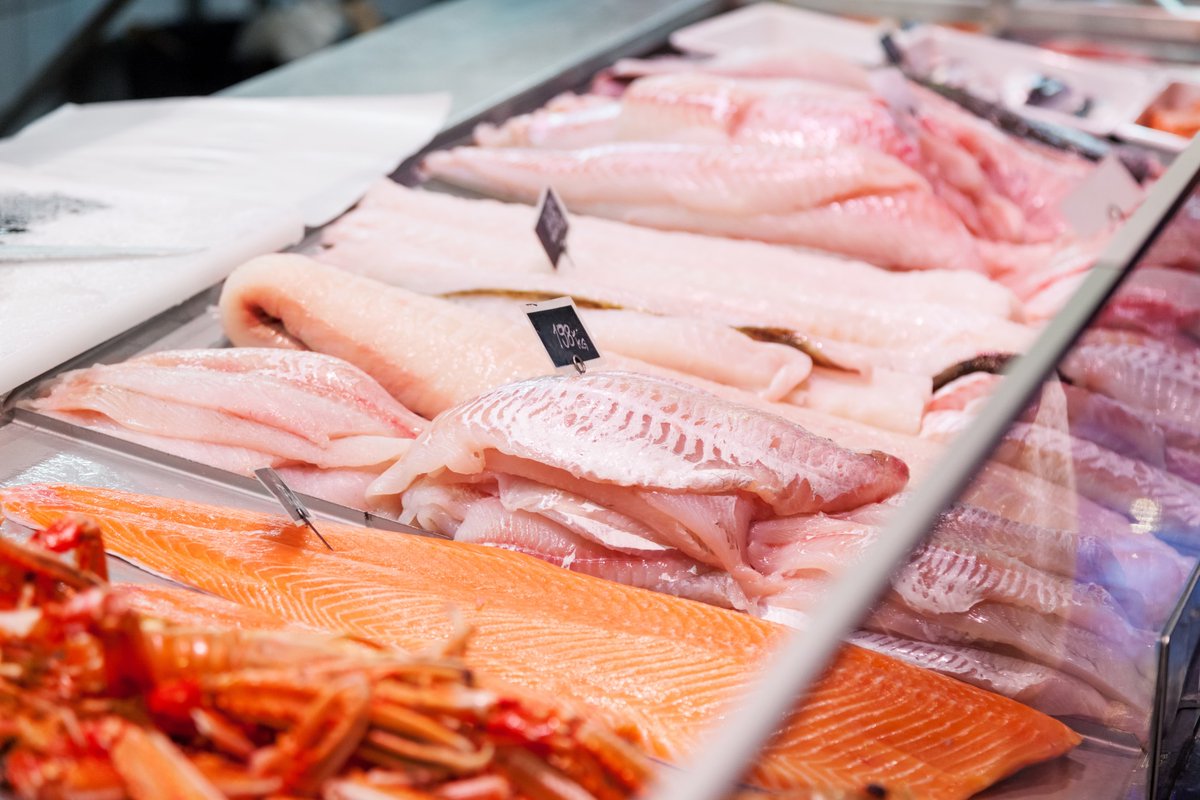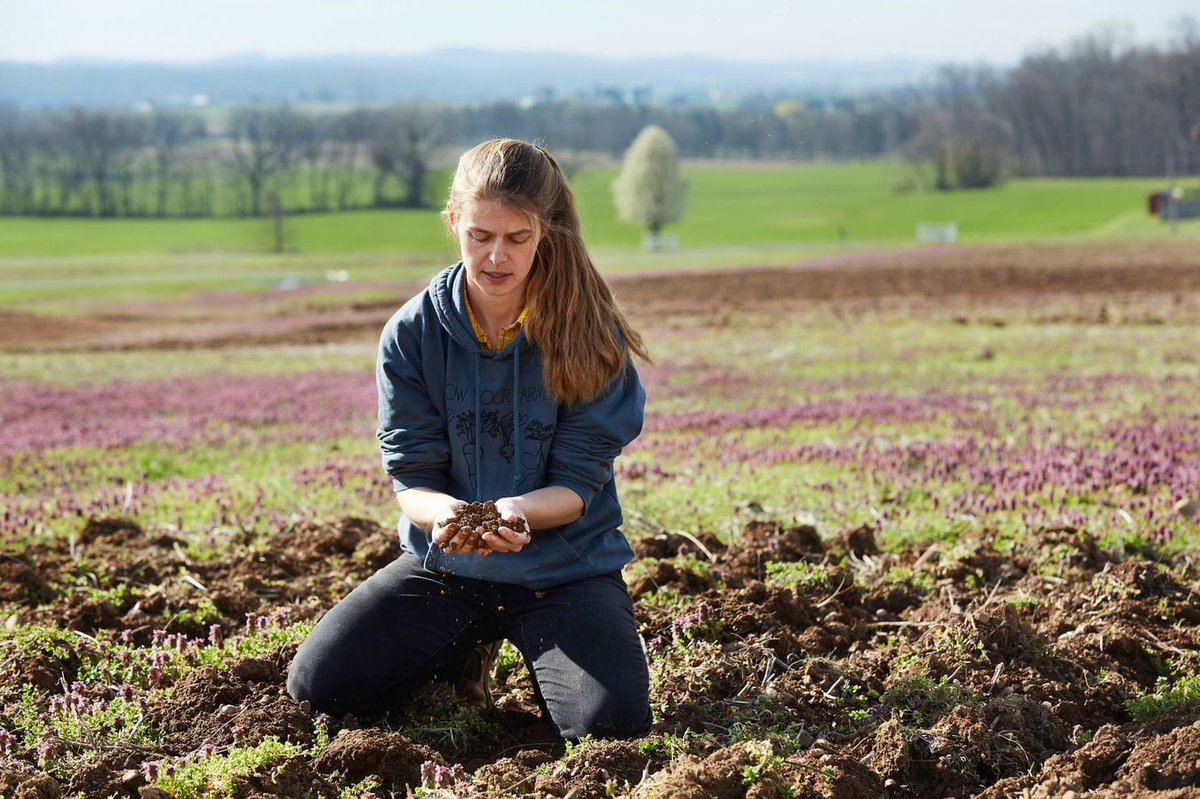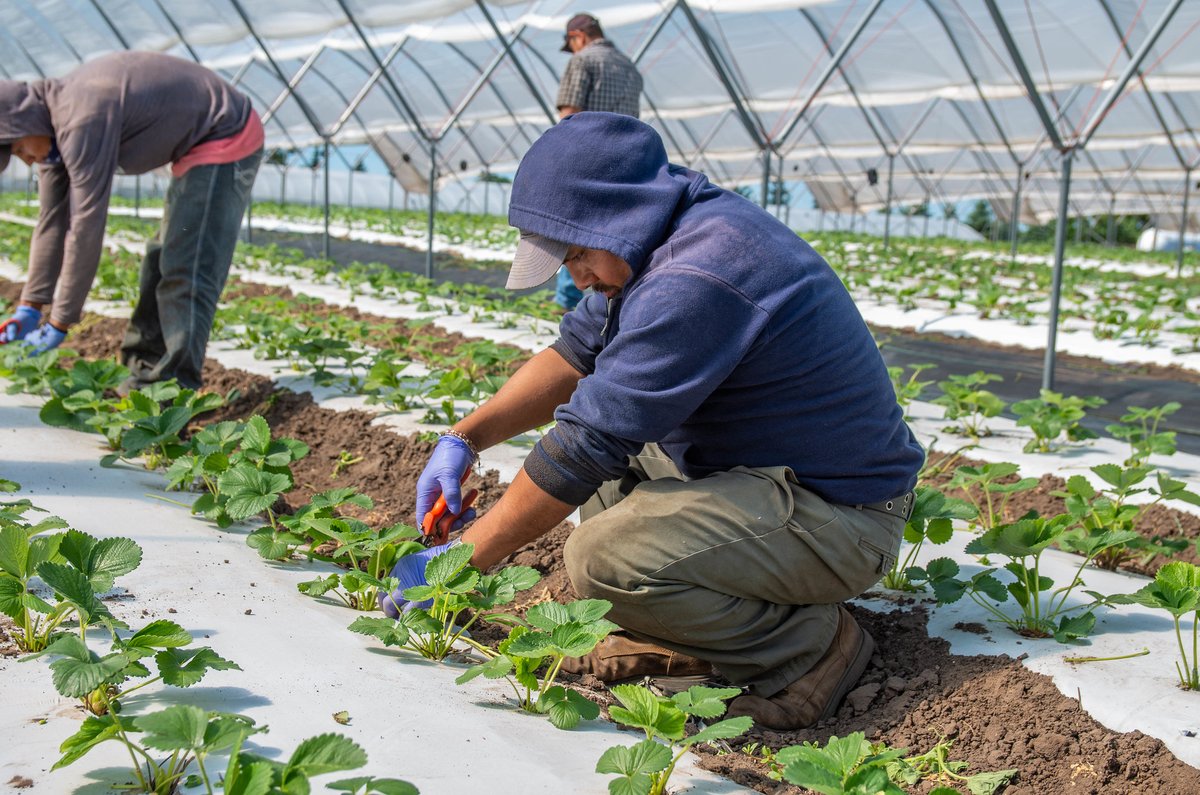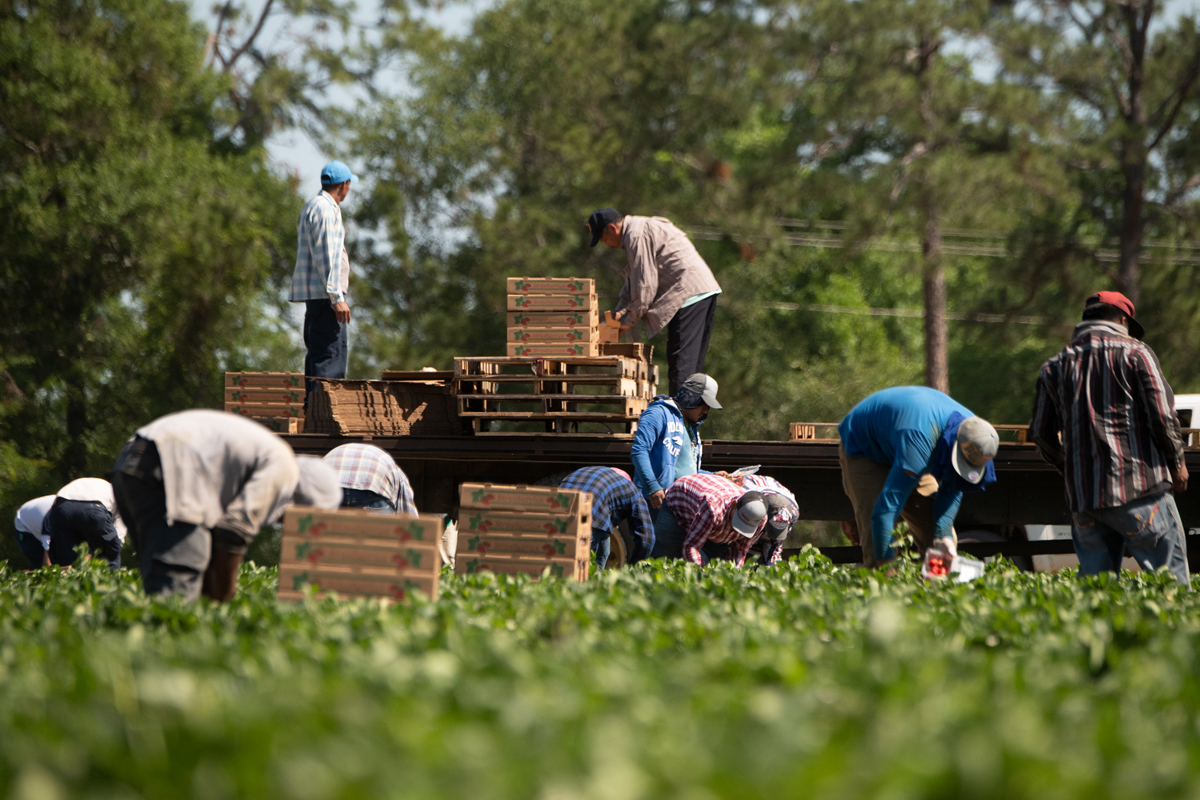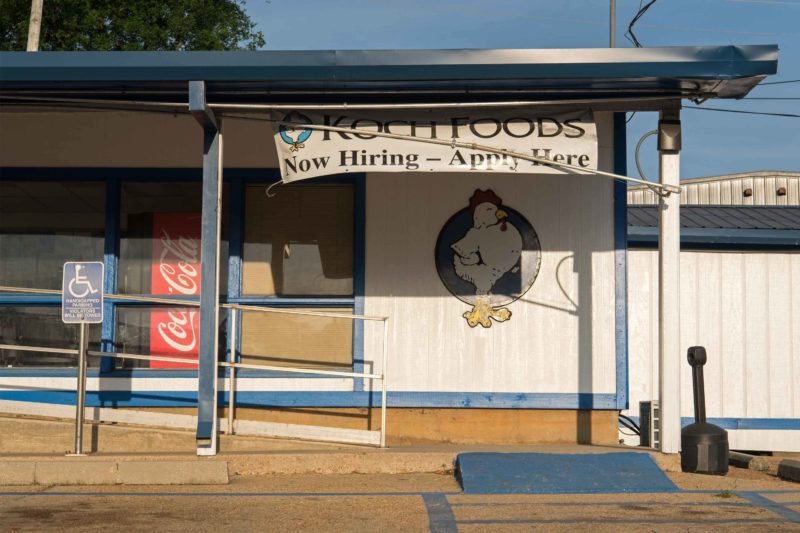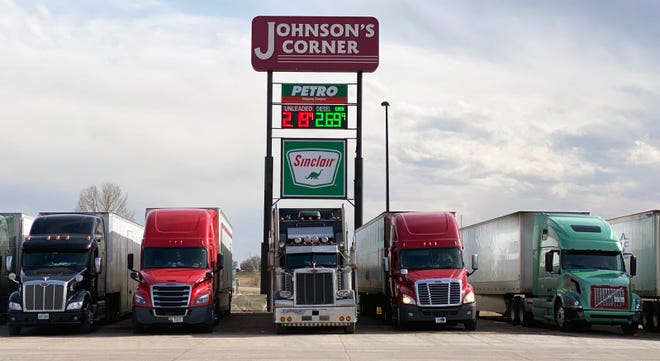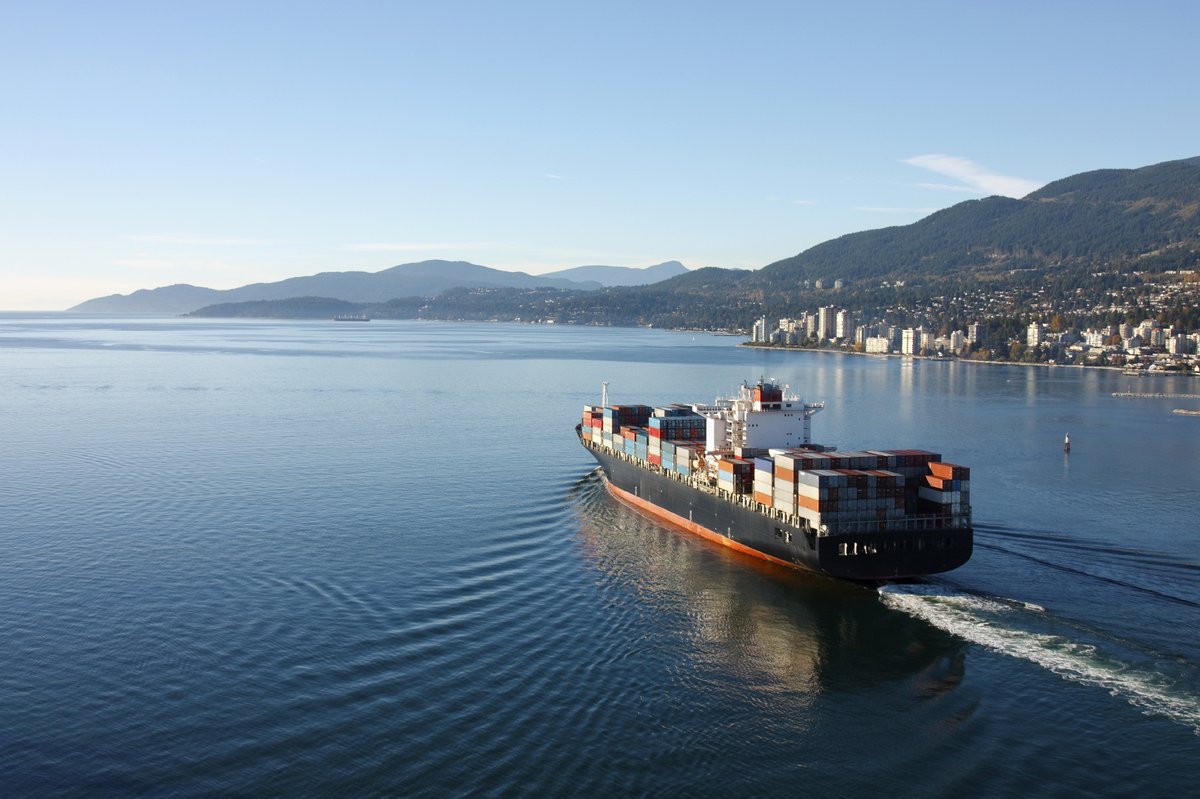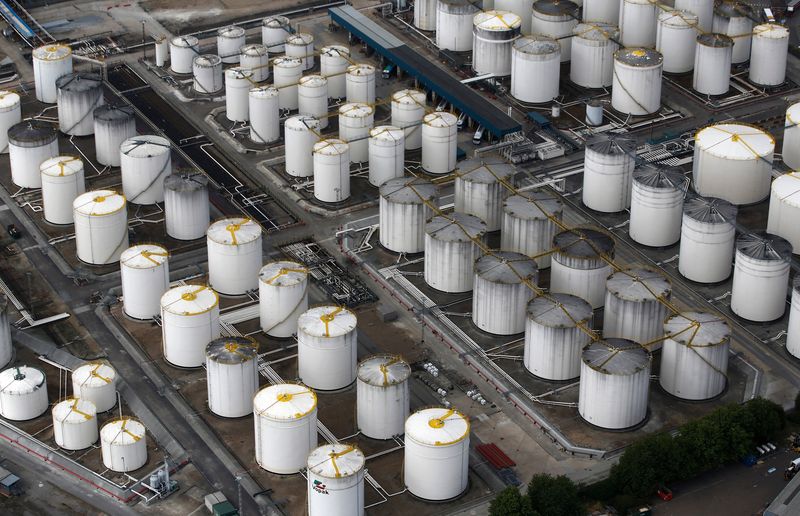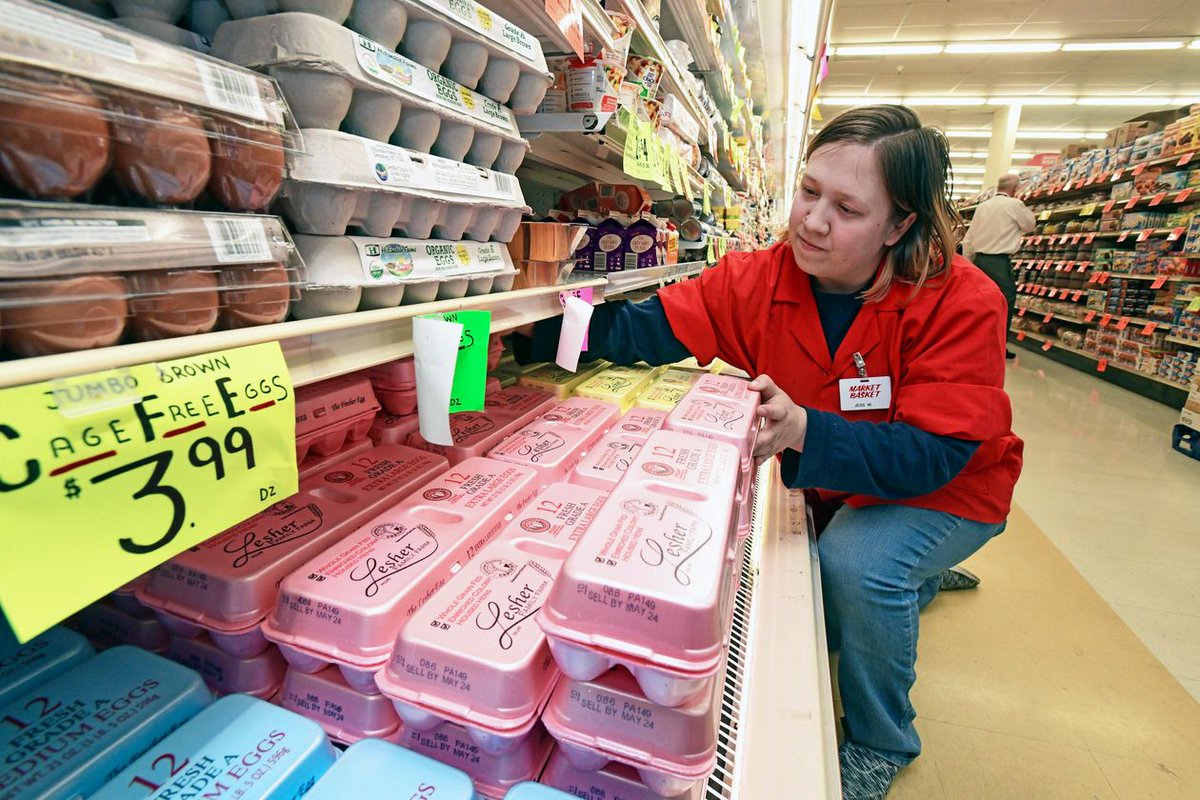A question we& #39;ve been hearing a lot recently is "How is the coronavirus pandemic affecting food and agriculture?" The answer is complicated. But this thread provides a small snapshot of what& #39;s going on.
First - there isn& #39;t a food shortage - there& #39;s a distribution problem. Usually, ~1/2 of food is purchased at grocery/retail stores, and ~1/2 is purchased away from home at restaurants, schools, hotels, etc. But now, almost all food consumption has shifted to the first category.
But the supply chains for retail and commercial food are almost completely separate. They rely on different processors, packers, and distributors. It& #39;s a logistical headache to funnel food from one supply chain into the other. https://www.politico.com/news/2020/04/05/food-waste-coronavirus-pandemic-164557">https://www.politico.com/news/2020...
So while grocery stores and food pantries deal with food shortages, there& #39;s a lot of food elsewhere that& #39;s going to waste.
One example is dairy - a lot of milk goes to restaurants and schools. With widespread closures, those markets have completely disappeared, but the milk can& #39;t easily be stored or redirected to consumers at home. So farmers have no choice but to dump it. https://www.reuters.com/article/us-health-coronavirus-dairy-insight/u-s-dairy-farmers-dump-milk-as-pandemic-upends-food-markets-idUSKBN21L1DW">https://www.reuters.com/article/u...
This has caused a huge drop in milk prices, which have already been low for the last several years.
There may be environmental consequences too, as the milk could pollute nearby streams, resulting in fish kills. https://www.jsonline.com/story/news/local/wisconsin/2020/04/03/coronavirus-milk-dumping-could-harm-environment/2938784001/">https://www.jsonline.com/story/new...
There may be environmental consequences too, as the milk could pollute nearby streams, resulting in fish kills. https://www.jsonline.com/story/news/local/wisconsin/2020/04/03/coronavirus-milk-dumping-could-harm-environment/2938784001/">https://www.jsonline.com/story/new...
The shift in demand has been a problem for fishermen as well. 70% of seafood in the U.S. in consumed outside of the home. With nearly all food being consumed at home now, demand for seafood has plummeted. https://thecounter.org/seafood-fishermen-revenue-restaurants-covid-19-coronavirus/">https://thecounter.org/seafood-f...
For some farmers who sell to local markets, the closure of restaurants and schools has been compounded by farmers market closures. By some estimates, local and regional food markets could see a drop in sales of $688M between March and May. https://www.washingtonpost.com/news/voraciously/wp/2020/04/01/facing-devastating-losses-small-farmers-pivot-to-sell-directly-to-consumers/">https://www.washingtonpost.com/news/vora...
Outside food consumption changes, other behavioral shifts are affecting agriculture. With fewer drivers on the road, demand for ethanol has fallen and prices have fallen a record low. Ethanol plants have halted production, eliminating 100s of rural jobs. https://www.agriculture.com/news/business/ethanol-market-is-disturbing-as-hell-to-american-farmers-and-now-there-s-covid-19">https://www.agriculture.com/news/busi...
Similarly, with clothing stores and factories closed, demand for cotton has fallen substantially, and prices have fallen with it. https://www.wsj.com/articles/cotton-growers-were-just-recovering-from-trade-war-then-coronavirus-hit-11584967536">https://www.wsj.com/articles/...
Though consumption changes are the most immediate problem, there are other disruptions along the supply chain, starting at the farm.
U.S. agriculture depends on 2.5M farm workers, most of whom are foreign born. But border closures & visa processing delays could prevent them from entering the country. Without enough farm workers to plant & harvest crops, food may rot in the field.
https://www.cbsnews.com/news/coronavirus-us-farmers-foreign-labor-crops-unharvested/">https://www.cbsnews.com/news/coro...
https://www.cbsnews.com/news/coronavirus-us-farmers-foreign-labor-crops-unharvested/">https://www.cbsnews.com/news/coro...
On top of that, there are concerns that the farm workers who are able to get to the U.S. are at an elevated risk of contracting coronavirus because they work and live in close quarters and often lack access to health care. https://civileats.com/2020/03/25/farmworkers-are-in-the-coronavirus-crosshairs/">https://civileats.com/2020/03/2...
The workers who process and package meat experience similar risk factors. Already some meat processing plants have scaled back production or temporarily shut down because workers have gotten sick.
https://www.propublica.org/article/what-happens-if-workers-cutting-up-the-nations-meat-get-sick">https://www.propublica.org/article/w...
https://www.propublica.org/article/what-happens-if-workers-cutting-up-the-nations-meat-get-sick">https://www.propublica.org/article/w...
Even after food has been grown, processed, and packaged, there& #39;s the issue of distribution. As grocery stores scramble to quickly restock shelves, there aren& #39;t enough truck drivers or refrigerated trucks to transport food to keep up with demand: https://www.usatoday.com/story/news/nation/2020/03/22/trying-buy-tiolet-paper-us-truck-drivers-have-your-back/2865277001/">https://www.usatoday.com/story/new...
International trade is seeing similar challenges - with fewer shipments coming in, there& #39;s a shortage of refrigerated containers to send food out. There& #39;s also significant port congestion, which is slowing shipments. https://www.reuters.com/article/health-coronavirus-food-supplies/rpt-insight-coronavirus-upends-global-food-supply-chains-in-latest-economic-shock-idUSL1N2BT03T">https://www.reuters.com/article/h...
Amid concerns of shortages, some countries have halted exports. In the short term, trade disruptions won& #39;t be noticeable. But in the long term, it could be a problem, as the U.S. imports 15% of its food supply and exports 20% of its agricultural products. https://www.nytimes.com/reuters/2020/03/26/world/europe/26reuters-health-coronavirus-trade-food-factbox.html">https://www.nytimes.com/reuters/2...
While there is some storage capacity to handle surpluses of various agricultural products, it isn& #39;t unlimited - and some perishable products, like milk, are not easily stored. https://www.bloomberg.com/news/articles/2020-03-31/the-hottest-trade-in-commodities-is-finding-space-to-store-them">https://www.bloomberg.com/news/arti...
What does this mean for consumers? For now, as supply chains catch up to shifting demand, temporary shortages & higher prices for some staples seem likely.
Longer term, it& #39;s hard to say - there& #39;s a lot of uncertainty and a lot of variables.
https://www.wsj.com/articles/for-grocers-eggs-are-getting-more-expensive-amid-coronavirus-11586172611">https://www.wsj.com/articles/...
Longer term, it& #39;s hard to say - there& #39;s a lot of uncertainty and a lot of variables.
https://www.wsj.com/articles/for-grocers-eggs-are-getting-more-expensive-amid-coronavirus-11586172611">https://www.wsj.com/articles/...

 Read on Twitter
Read on Twitter